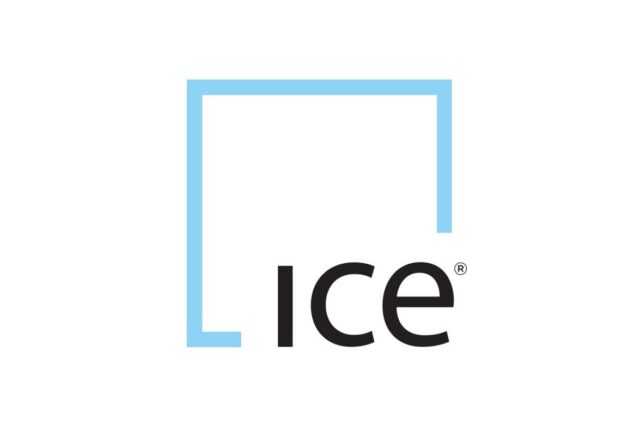MILAN – August was a very lively month for the coffee futures markets, with frost and drought in Brazil, coupled with a downgrading of production prospects, providing a bullish impetus for both exchanges. London reached new contract highs, while New York peaked to its highest levels in two and a half years. The first spike came at the beginning of the second decade of the month.
The frost that hit parts of Minas Gerais (particularly in the Cerrado) and the upper Mogiana (São Paulo) in the early hours of Sunday 11 August led to sharp rises when trading resumed on Monday 12 August.
The Ice Arabica contract for December delivery rose 830 points to 238.55 cents.
On the Ice Robusta, the November contract gained $197 to close at $4,359. There were fears of a fresh wave of frost the following night, but fortunately temperatures remained well above warning levels.
This led to sharp falls of coffee futures in Tuesday’s session. New York erased all of the previous day’s gains and fell to 229.05 cents. London lost $172 and fell to $4,187. But from the following day, prices were on the rise again.
Both exchanges recorded six consecutive sessions in positive territory, taking New York to 249.25 cents and London to $4,632 on the 21st. There was some profit-taking on both fronts on the 22nd August (New York at 242.90 cents and London 4,574 dollars).
The bullish trend continued into the third decade, albeit with different trends on the two terminals.
New York reached a new high of 256.45 cents at the end of the session on Wednesday 28th August.
This is the highest level for the main contract since February 2022.
However, something changed in the last part of the month. The benchmark lost 1,240 points in the space of two sessions, closing at 244.05 cents in the last session of August.
The reason for this sudden fall was a sharp increase in total number of bags pending grading, which reached 104,415 bags on Wednesday 28th August, compared with just 28,585 at the end of the previous week. The largest contribution (56,914 bags) came from Brazil washed or semi-washed Arabica coffee.
Shipments from Nicaragua (23,140 bags) and Peru (11,550 bags) were also significant. Certified stocks stood at 847,873 bags on 30 August, slightly higher than at the beginning of the month (822,819 bags on 1st August).
Daily reports on certified stocks are seen by speculators as an indicator of the availability of Arabica coffee in the consumer markets, and an increase in pending grading stocks can be viewed as a bearish factor, at least in the short term.
Most fundamentals, though, are decidedly bullish for Arabica coffee futures. The weather situation in the Brazilian coffee belt remains critical.
According to the National Monitoring and Warning Centre (Cemaden), the country is facing its worst dry spell since 1981, and the forecasts rule out any rain before the middle of the month. The first spring rains mark the beginning of the Arabica flowering
In the last week of the month, the Ice Robusta resumed its upward trajectory with two consecutive upward sessions between Tuesday and Wednesday.
On Thursday 29, prices eased a little, also influenced by the trend in New York.
However, on Friday the 30th, the contract rose again, closing the day at $ 4,948: a new all-time high for the contract.
Insiders point out that the London market is overbought and could therefore fall back into negative territory in the short term. However, the fundamentals remain solid and provide strong support.
The latest Commitment of Traders report from the ICE Arabica has seen the Non-Commercial Speculative sector marginally decrease their net long position by 0.64% over the week of trade leading to Tuesday 27th. August 2024, to register a new long position of 43,197 lots, reports I. & M. Smith.
The latest Commitment of Traders report from the ICE Robusta has seen the Speculative Managed Money Sector increase their net long position by 6.67% over the week of trade leading to Tuesday 27th. August 2024 to register a new net long position of 33,439 lots.

















